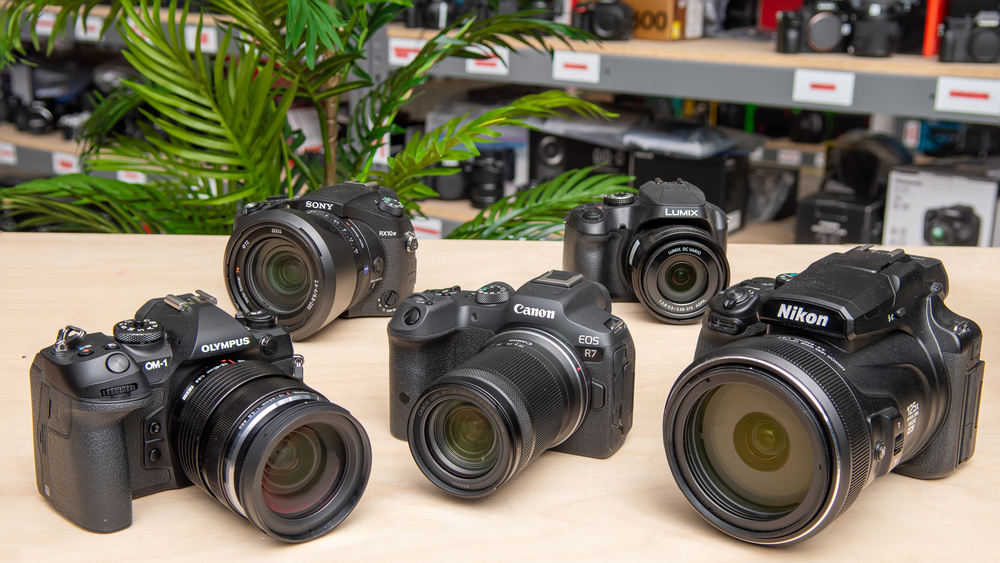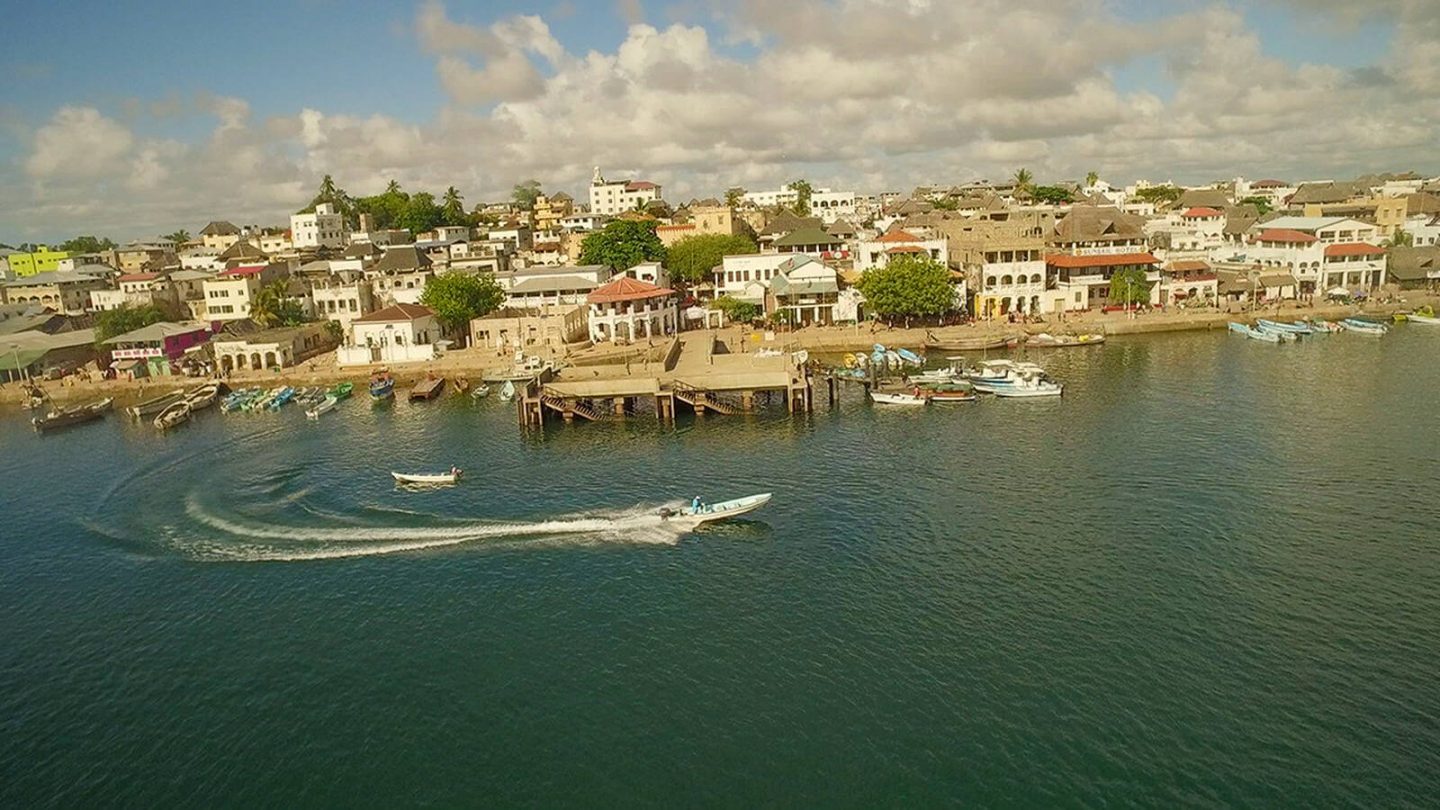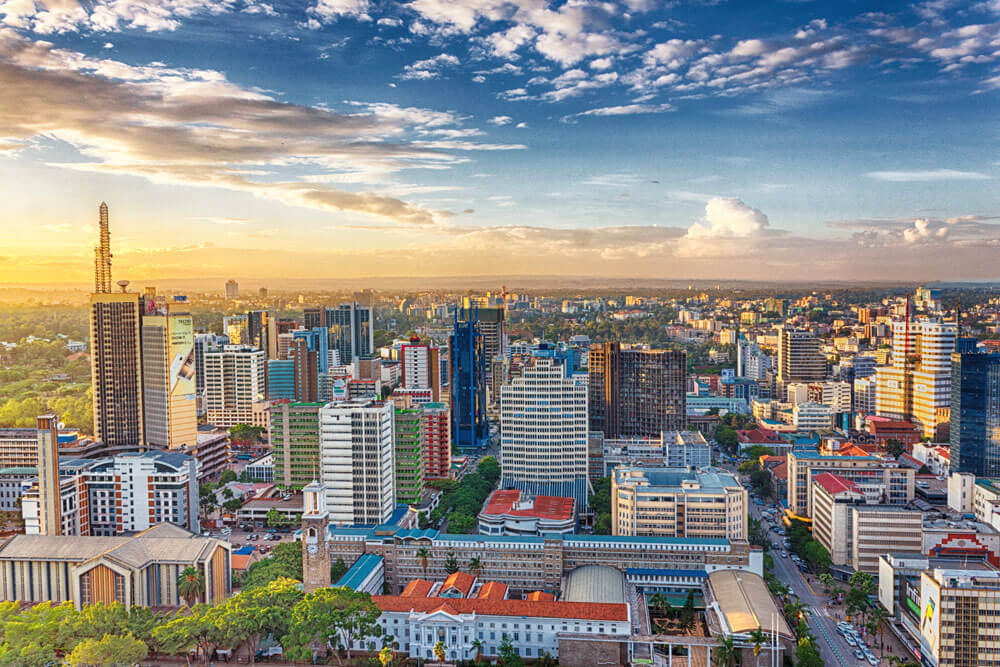Wildlife photography is a captivating genre that involves capturing animals in their natural habitats. It requires a combination of patience, skills and the right gear. Whether you are beginner, or an intermediate photographer, understanding the basics of wildlife photography is essential.
This includes knowing the suitable equipment, such as cameras and lenses, as well as the techniques for capturing stunning images of wildlife.
Several resources provide valuable insights into the world of wildlife photography. From understanding the necessary gear to learning about creative techniques, there are various aspects to consider when delving into this field.
Additionally, familiarizing yourself with the behavior of the animals you wish to photograph and being mindful of ethical practices are integral to wildlife photography.
For a comprehensive introduction to wildlife photography, it’s important to explore the essential equipment, camera types and techniques that can help you embark on this exciting photographic journey.
How to Choose the Best Camera Gear for Wildlife Photography
When choosing the best camera gear for wildlife photography, consider the following factors:
- Camera: Look for fast and accurate autofocus, high-speed capture, resolution and good low-light performance. Some top cameras for wildlife photography include the Nikon Z9, Canon EOS R3, R5 and R6 II, Sony A1, A9 series and A7R V.
- Lens: A telephoto lens with a focal length in the 400mm to 800mm range is recommended for capturing detailed images without disturbing animals. Consider the weight, maximum aperture and focal length when choosing a lens.
- Other Considerations: Ergonomics, weight and size of the camera are important, as wildlife photography often involves lugging gear around in outdoor conditions. Additionally, a durable and weather-selected camera is essential for withstanding the elements.
It is also essential to think about the type of wildlife photography you are most likely to be shooting and consider hiring a lens to try it out before making a commitment. Furthermore, ensure that the camera and lens are compatible and suitable for specific types of wildlife photography you plan to pursue.
Why do You Need the Best Camera Gear for Wildlife Photography
Having the best camera gear for wildlife photography is essential for several reasons. Fast and accurate autofocus, high-speed capture and excellent resolution are crucial for capturing stunning wildlife images.
Specialized gear such as telephoto lenses with a focal length in the 400mm to 800mm range allows for detailed shots without disturbing the animals. Additionally, durable weather sealed gear is important for withstanding the outdoor elements often encountered in wildlife photography.
While photography gear may not be the sole factor in creating great wildlife images, it is an essential tool for photographers. Factors to consider when choosing gear include cost, features, physical size, weight and comfort level.
Ultimately, effective wildlife photography equipment should be fast, reliable and produce high-quality images in various types of lighting conditions. Therefore, having the best gear not only contributes to capturing high-quality images but also enhances the overall experience and success of wildlife photography.
Best Camera Gear for Wildlife Photography
Here are the top recommended cameras for wildlife photography:
- Nikon Z9
- Canon EOS R3
- Canon EOS R5
- Canon EOS R6 II
- Sony A1
- Sony A9 series
These cameras offer fast and accurate autofocus, high speed capture and excellent resolution, which are crucial for capturing stunning wildlife images.
They also have weather sealing and durability, which are important for withstanding the outdoor elements often encountered in wildlife photography. Additionally, the Panasonic Lumix DMC-FZ2000 is a great beginner camera for wildlife photography with a big built-in zoom for cropping into distant wildlife.
Nikon Z9
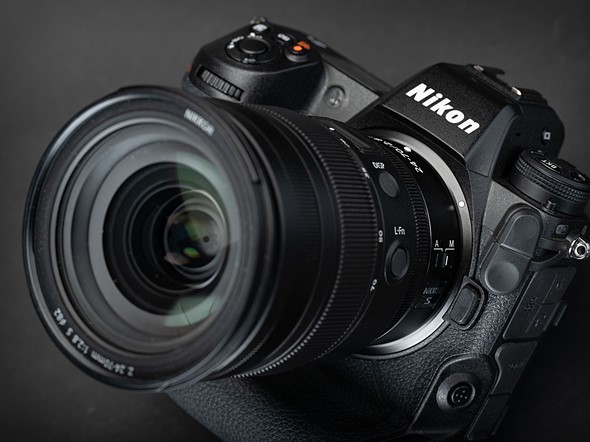
The Nikon Z9 is a top recommended camera for wildlife photography. It has the fastest electronic shutter so far in a still camera, which edges out Sony A1’s electronic shutter.
The camera offers fast and accurate autofocus, high-speed capture and excellent resolution, which are crucial for capturing stunning wildlife images. Additionally, the camera has weather sealing and durability, which are important for withstanding the outdoor elements often encountered in wildlife photography.
The Nikon Z9 is a great investment for photographers who want a camera that can do everything and handle 99% of their photography work.
Canon EOS (R3, R5 and R6 II)
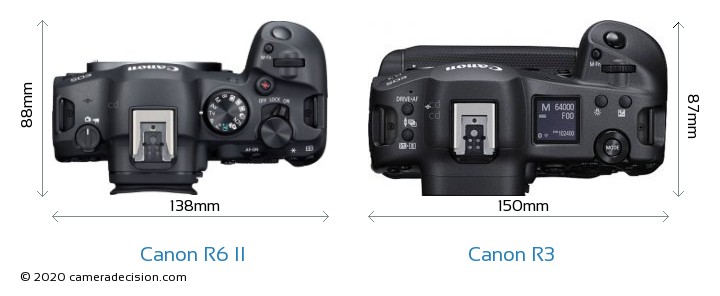
The Canon R3, R5 and R6 II are excellent choices for wildlife photography. These cameras offer fast and accurate autofocus, high-speed capture and excellent resolution, which are crucial for capturing stunning wildlife images.
The R3 is particularly known for its impressive performance, while the R5 and R6 II are also highly regarded for their capabilities. Additionally, these cameras are equipped with advanced autofocus systems and are well-suited for capturing fast-moving subjects, making them ideal for wildlife photography.
Sony (A1 and A9 series)
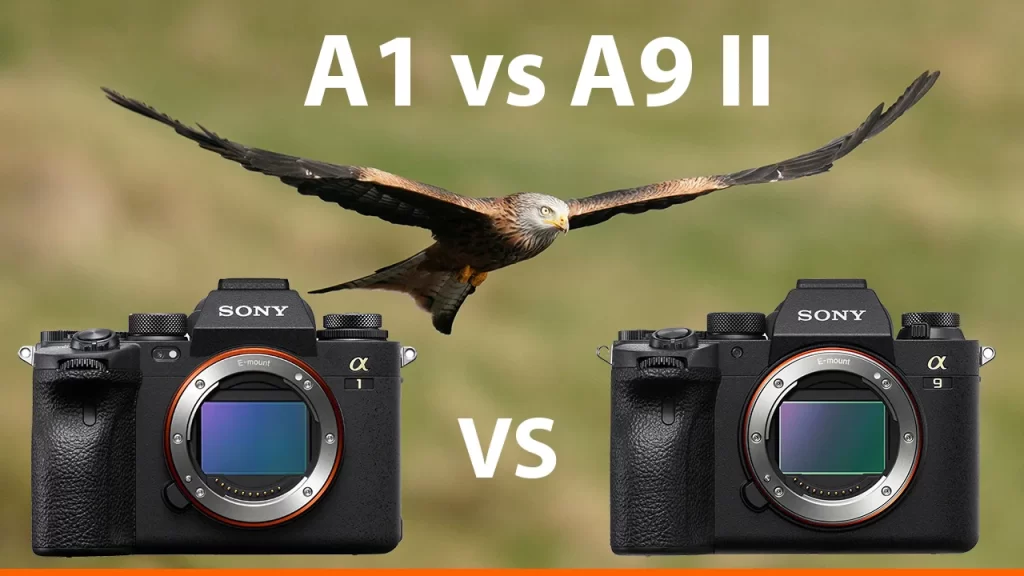
The Sony A1 and A9 series are highly regarded for wildlife photography. The Sony A1 is known for its impressive all-around performance, including fast and accurate autofocus, high-speed capture and excellent resolution, making it well-suited for capturing stunning wildlife images.
On the other hand, the A9 series, such as the A9 II, is recognized for its advanced autofocus system and is ideal for capturing fast-moving subjects, which is crucial in wildlife photography.
Additionally, these cameras are equipped with features that make them suitable for various lighting conditions and they are often favored by wildlife photographers for their reliability and image quality.
Conclusion
The world of wildlife photography demands the best gear to capture stunning and high-quality images of animals in their natural habitats. Top cameras such as Nikon Z9, Canon EOS R3, R5 and R6 II, Sony a1 and A9 along with telephoto lenses and essential accessories, are essential for this purpose.
These cameras offer fast and accurate autofocus, high-speed capture and excellent resolution, while the lenses and accessories contribute to the overall quality and protection of the gear.
When selecting gear foe wildlife photography, it’s important to consider the specific requirements of the intended photography, such as the type of wildlife and environmental condition. By investing in the best gear, photographers can enhance their ability to capture breathtaking images while respecting and preserving the natural world.

